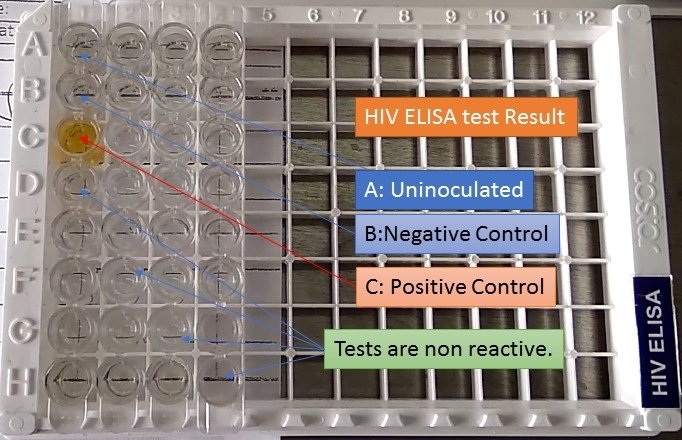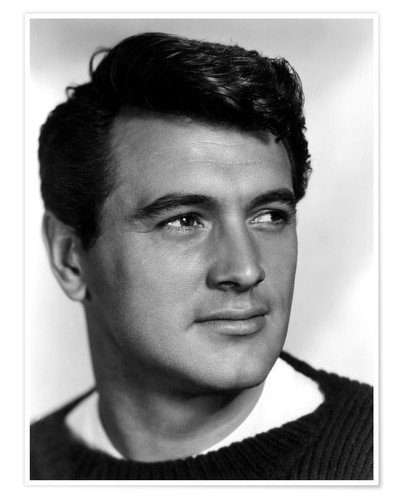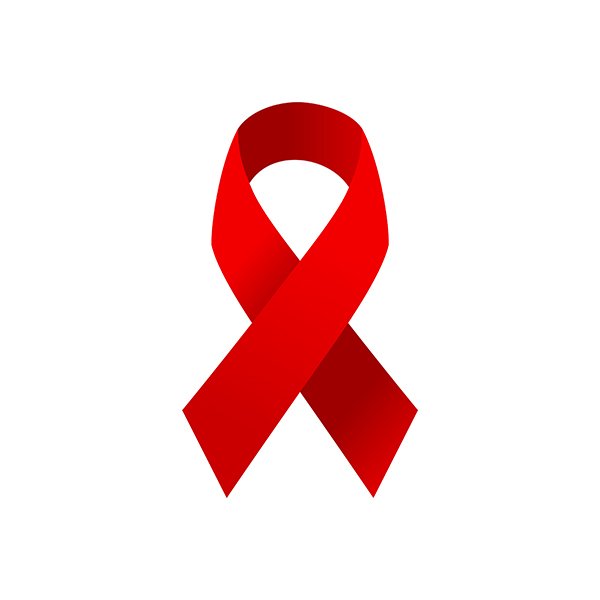
1985
Last updated on December 1, 2025.
Documentation for all entries and extensive additional commentary
can be found in the PDF.
For additional information on words in bold italic, check the Glossary.
January 11: The U.S. Center for Disease Control (CDC) revises the AIDS case definition to note that AIDS is caused by a newly identified virus. CDC also issues provisional guidelines for blood screening.
March 2: The U.S Food and Drug Administration licenses the first commercial blood test, ELISA (enzyme-linked immunosorbent assay), to detect HIV. Blood banks begin screening the U.S. blood supply.
HIV ELISA test, Photo credit: Universe84a.com
April 10: CDC removes Haitians from the list of those at increased risk for AIDS.
April 15–17: The U.S. Department of Health and Human Services and the World Health Organization host the first International AIDS Conference in Atlanta, Georgia. Approximately 2,000 researchers, physicians, and public health officials from around the world attend the conference. Researchers report on two drugs in clinical trials—suramin in the U.S. and HPA-23 in France—that have shown some efficacy against AIDS in small groups of patients.
The Normal Heart, Photo credit: Wikipedia
April 22 : AIDS activist Larry Kramer’s autobiographical play, The Normal Heart, opens Off-Broadway at the Public Theater. The play covers the impact of the growing AIDS epidemic on the New York gay community between 1981-1984. It highlights the growing rifts between those—like the play’s protagonist, Ned Weeks (Kramer’s alter ego)—who are desperately banging on the doors of government and science in an attempt to stave off the annihilation of gay men, and those who focus instead on building new institutions that will care for the sick and the dying.
Playbill for As Is,
Photo credit: POZ
May 1: As Is, the first play about AIDS to make it to Broadway, opens. William Hoffman's play focuses on a gay couple who have broken up—but when one of them develops AIDS, his ex-partner comes back to take care of him—“as is.” The play gets excellent reviews and runs for 285 performances.
June 25: Activist John Lorenzini chains himself to the door of the San Francisco office of the U.S. Department of Health and Human Services to demand more funding for AIDS research and care. Lorenzini, who was diagnosed with AIDS in October 1983, is arrested, but the district attorney refuses to press charges.
Rock Hudson
July 25: Actor Rock Hudson collapses in Paris, where he has gone to seek treatment for what is initially termed "inoperable liver cancer." Hudson, who played leading roles in over 60 Hollywood films, finally announces he has AIDS—the first major U.S. public figure to do so. He has come to Paris in the hopes of being treated with HPA-23, but either never receives it or it fails to improve his condition, and he returns to the U.S. His acknowledgment of his AIDS diagnosis marks a turning point in public perceptions about the epidemic, and AIDS stories in the major print media more than triple in the next six months.
July 28: AIDS Project LA (APLA) holds the first AIDS Walk Los Angeles. The organizers hope to raise $100,000 to provide care for people with AIDS, but more than 4,500 walkers raise $673,000.
August 15: Los Angeles becomes the first city in the world to pass an antidiscrimination law to protect people living with AIDS. The measure, which is unanimously approved by the L.A. City Council, bans discrimination in housing, medical and dental services, business establishments and public accommodations.Employers, employment agencies, and unions are also prevented from dismissing or refusing to hire people living with AIDS. Violaters are subject to civil penalties, including punitive damages.
August 27: Ryan White, an Indiana teenager who contracted AIDS through contaminated blood products used to treat his hemophilia, is refused entry to his middle school. His family’s protracted legal battles to protect Ryan’s right to attend school call national attention to the issue of AIDS, and Ryan chooses to speak out publicly on the need for AIDS education. For many Americans, Ryan will become the face of the epidemic, and his efforts will lead to long-term systemic change in supports for those living with AIDS.
Ryan White, Photo credit: amfAR
August 31: The Pentagon announces that, beginning October 1, it will begin testing all new military recruits for HIV infection and will reject those who test positive for the virus.
September 17: President Ronald Reagan mentions AIDS publicly for the first time, calling it “a top priority” and defending his administration against criticisms that funding for AIDS research is inadequate. He neglects to mention that Congress has routinely allocated significantly larger funding packages for AIDS research and treatment than his administration requested in the presidential budget. By the time the President finally says the word “AIDS,” over 13,000 Americans have been diagnosed with it and an estimated 8,000 have died—a fatality rate of over 60%.
Elizabeth Taylor testifying before Congress, Photo credit: amfAR
October 2: Rock Hudson dies of AIDS-related illness at age 59. In his will, Hudson leaves $250,000 to help set up the American Foundation for AIDS Research (amfAR). Hudson's close friend, actress Elizabeth Taylor serves as the organization’s founding National Chairman. She becomes a powerful spokesperson for funding for AIDS research and compassion for those living with AIDS.
October 2: The U.S. Congress allocates nearly $190 million for AIDS research—an increase of $70 million over the Reagan Administration’s budget request. The House
Appropriations Committee also
urges President
Reagan to appoint an “AIDS czar.”
October 25: The New York State Public Health Council empowers local health officials to close gay bathhouses, bars, clubs, and other places where “high-risk sexual activity takes place.”
Cleve Jones, 1980s, Photo credit: NAMES Project Foundation
November 27 : As part of the annual candlelight march to mark the 1978 assassinations of San Francisco Supervisor Harvey Milk and Mayor George Moscone, San Francisco activist Cleve Jones has marchers make and carry signs bearing the names of loved ones they have lost to AIDS. The march terminates at the old San Francisco Federal Building, and Jones and friends tape the signs to the building—creating what looks like an enormous patchwork quilt. Jones is inspired by this image and will go on to create what will become known as the NAMES Quilt —a poignant memorial to all those who have died of AIDS.
December 4 : The Los Angeles County Board of Supervisors enacts strict regulations on local bathhouses to stop the spread of HIV . Bathhouse owners file suit to stop the regulations from going into effect, and, in August 1986, the court sides with the owners, saying that the venues offer opportunities to provide HIV/AIDS education.
December 6 : CDC publishes a Morbidity and Mortality Weekly Report with recommendations on preventing mother-to-child transmission of HIV. Those recommendations include delaying pregnancy until more is known about the risks of transmission and avoiding breastfeeding. As of December 1, there have been 217 reported cases of AIDS among children under age 13, and 60% of them have died by the time the MMWR is published.
December 12 : The Pasteur Institute in Paris files suit against the U.S. Government (USG) in the United States Court of Claims in Washington, DC. The suit asks for: recognition that French researchers were the first to discover the virus that causes AIDS; permission for companies the Institute licenses to sell the blood test, without being sued by the USG for counterfeiting; and the right to share in royalties collected by the USG for sales of blood tests by its licensees.
Dwight Burk with his sister, Nicole. Photo Credit: Gene Puskar, AP
December 13: Pennsylvania toddler Dwight Burk, aged 20 months, dies of AIDS-related complications. He is the first child of a hemophiliac known to be born with AIDS.
December 19: A Los Angeles Times poll finds that a majority of Americans favor quarantining people who have AIDS. Despite these results, the poll finds that Americans, by a 55%-29% margin, say they would send their child to a classroom where another pupil has AIDS.
By year’s end, the United Nations states that at least one HIV case has been reported from each region of the world.[PDF, 49KB].
NOTE: Links will inevitably break over time. If you find a broken link, please copy the original URL and go to the Wayback Machine, where you can plug that link into an enormous database to search for the original information. And please support the Wayback Machine! It is an invaluable resource for internet researchers and I am a regular monthly donor. ❤️
If you are still unable to find the information, please contact me through the Contact Form and I will do my best to assist you.
Page last updated: January 12, 2025
Page first published: November 3, 2021









